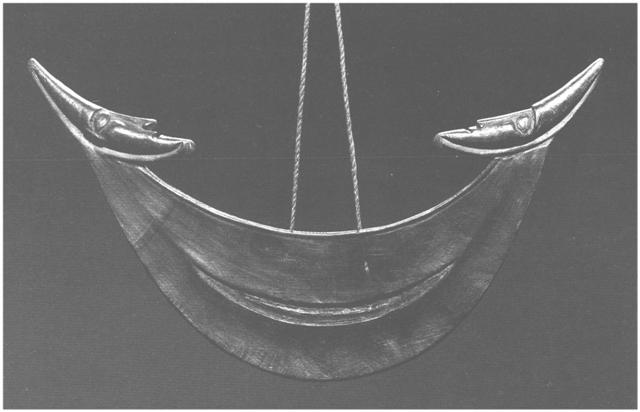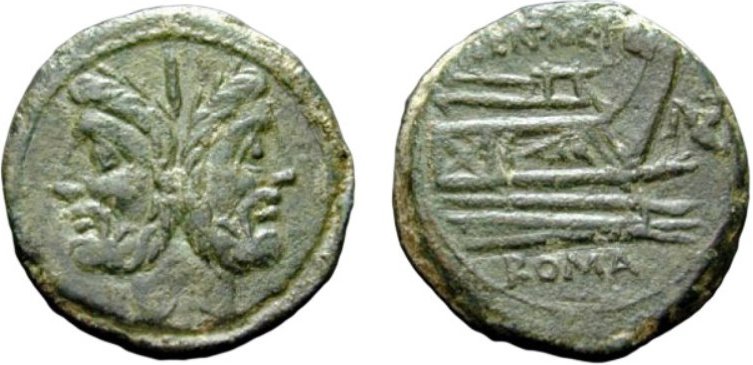1. The Mayas used 20 as a basic number instead of 10. The decimal system can easily be explained by pointing at the number of fingers and toes but what could have motivated 20? My thoughts have led me (→) to regard 20 as the basic number for counting eggs. Each group of 20 eggs should be assembled into a score, i.e. a mark incised (cfr Swedish skåra). → To create an egg there has to be both a male and a female, i.e. twice 10 digits. As Manuscript E has explained it: ... Then Hotu said to Teke, 'There shall be an equal number of people (i.e., of both sexes) when you take them aboard the canoe. The same (goes) for the four-legged animals, the pigs (?) and the chicken.' [E:72] The idea of pairs seems to have permeated all aspects of life on Easter Island. ... Esteban Atan was brought along, said Atan, to make up an even number since I had asked to bring along my companion, Ferdon. An uneven number caused 'bad luck'. When I next asked for the participation even of the expedition photographer ... Atan Atan once more felt ill at ease, until again he made our number even: instead of sending away his brother he insisted that his brother's best friend, Henrique Teao, be brought with us also ... Therefore also the rongorongo tablets should have text on both sides and be created in pairs in order to avoid dis-aster:
Furthermore, all knew there were 2 faces to be seen in the Moon:
And the Sun year should therefore also have this kind of division into a pair of halves (hemispheres): ... The Celtic year was divided into two halves with the second half beginning in July, apparently after a seven-day wake, or funeral feast, in the oak-king's honour ... For the light creating a pair of faces on the Moon was originating from the Sun. In the E text glyph number 260 (→ 13 * 20 = 400 - 7 * 20) was followed by a hole at position 9 * 29 = 261.
Also scores (20) should be doubled and the last line on the E tablet (b8) indeed carries 2 * 20 = 40 glyphs.
|
|||||||||||||||||||||||||||||||||||||||||||||||||||||||||||||||||||||||||||||||||||||||||

